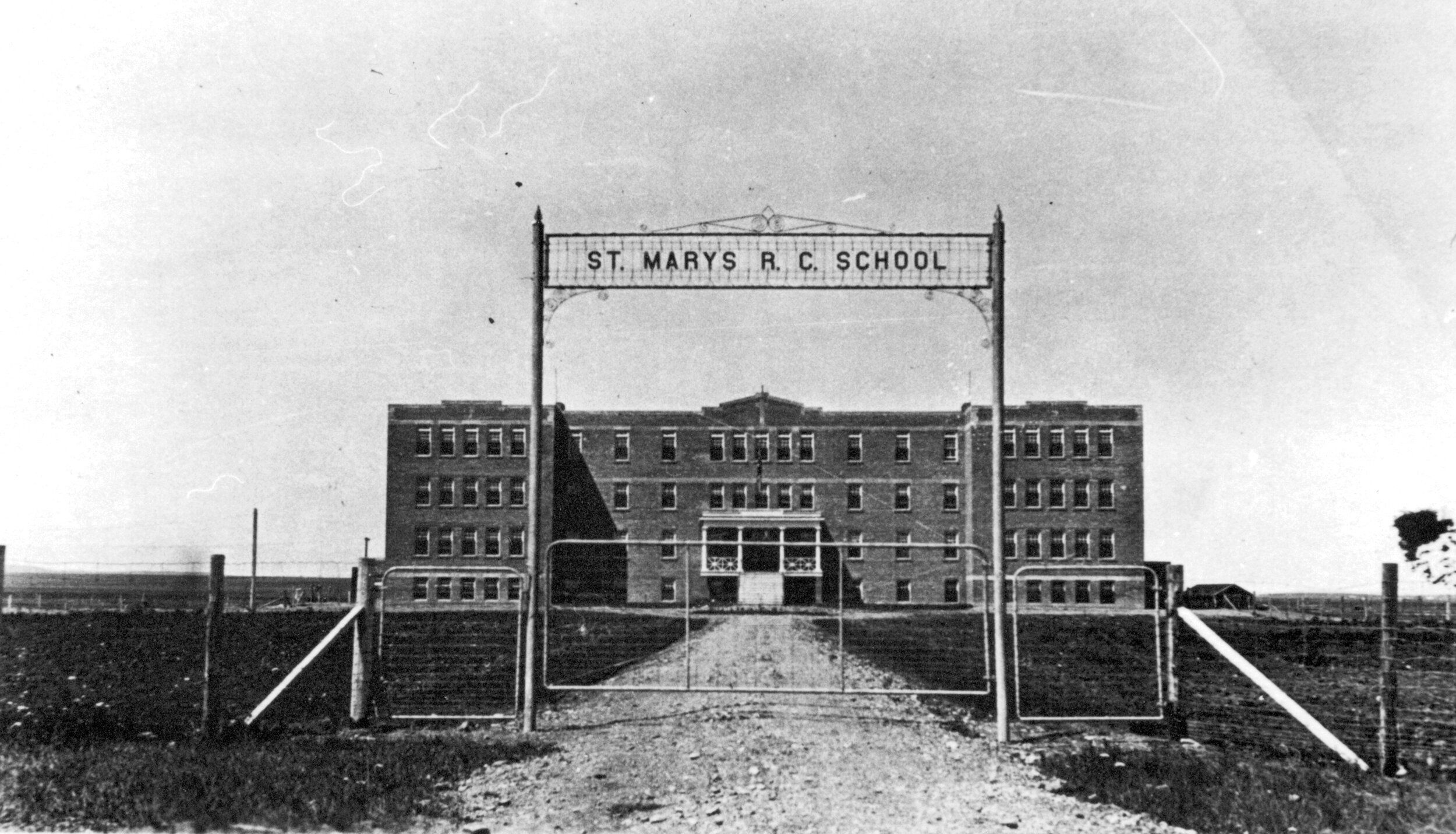When we hear of internet, TV or radio channels being censored, it can be easy to think only of governments in distant lands like Russia, China or North Korea. However, there have been times in history that the Canadian government has controlled what sounds can be heard—or not heard—within our own borders.
Read MoreVenture through archived issues of the Lethbridge Herald for glimpses of what this tradition may have looked like a hundred years ago
Read MoreFrequent travellers may be familiar with phrase books—dictionaries used during a trip to communicate in basic sentences, even if you don’t understand the local language. You may not know, however, just how far back these tools date!
Read MoreWith so many online platforms popping up around family history and DNA research, it’s clear that interest in the field of genealogy is increasing. And in part due to the pandemic, the online accessibility of other genealogical materials has increased dramatically as well. Despite all of these great online resources, to get a full picture of your family history you will eventually need to step foot into an archive to view important documents and photos in person. This can be a daunting idea if you have never visited an archive or don’t know how to access one. But it’s actually quite easy!
Read MorePeople and historic events are not frozen in time; they can be researched and explored through new ways of thinking—Fort Whoop-Up and its legacy are no exception.
Read MoreGalt Gardens is one of the oldest green spaces in Lethbridge, established when the plans for the downtown were laid out over one hundred years ago. This area in the city core—between 1 and 3 Avenues and 5 and 7 Streets—was set aside by the Galt family in 1885 as a central square for the new urban centre.
Read MorePublic transit is an ever-evolving part of life within the local community, and free or inexpensive access to local culture is crucial. Much like the streetcar initiative over a century ago, an innovative transit project called cultureLINK is launching in Lethbridge this summer.
Read MoreAnna M. Tilley was described as "the best friend the city ever had."
Read MoreReconciliation is a process of understanding and accountability that can bridge the gap between Indigenous peoples and non-Indigenous Canadians. Here are some steps you can personally take to further the important work of reconciliation between Indigenous communities and allies
Read MoreBetween 1880 and 1980, ten Residential Schools operated in our own backyard, or Treaty 7 lands. The impact of residential schools has caused generations of Indigenous youth to strive to relearn and preserve cultural ways of knowing as intergenerational victims.
Read MoreJoin Exhibit Designer Brad Brown as he reflects on nearly four decades of Galt history and service to the community.
Read MoreWhen did Mothers Day start and what was its original intent? Find out about the history of Mother’s Day and of the legacy of women in Lethbridge and southern Alberta.
Read MoreWhen Nicholas Sheran drowned in the Oldman River in 1882, why didn't his wife or his sons inherit his estate?
Read MoreGalt Curator Aimee Benoit presents an introduction to our newest exhibit Made In... (Stories of Stuff).
Read MoreDid you know that the Czech Army was transported through Canada on the Canadian Pacific Railway in 1920?
Read MoreDr. Christopher Churchill discusses overlapping networks of material cultures: Indigenous nations, local settler communities, and connections to transnational chains of production of "stuff" as part of our Made In exhibit.
Read MoreHow has Lethbridge contributed to the ongoing dialogue related to the Civil Rights Movement of the 1950s and 60s and the Black Lives Matter and BIPOC movements today?
Read MoreWhat would visitors at both the modern-day replica and the original Fort Whoop-Up have seen and experienced during the holiday season?
Read MorePeople are often impressed with how different the experiences recounted by grandparents and seniors seem when compared to what children experience today.
Read MoreJoin a small group of students as they participate in the Siksikaitsitapi: Blackfoot People’s Voices school program with Blanche Bruisedhead.
Read More



















